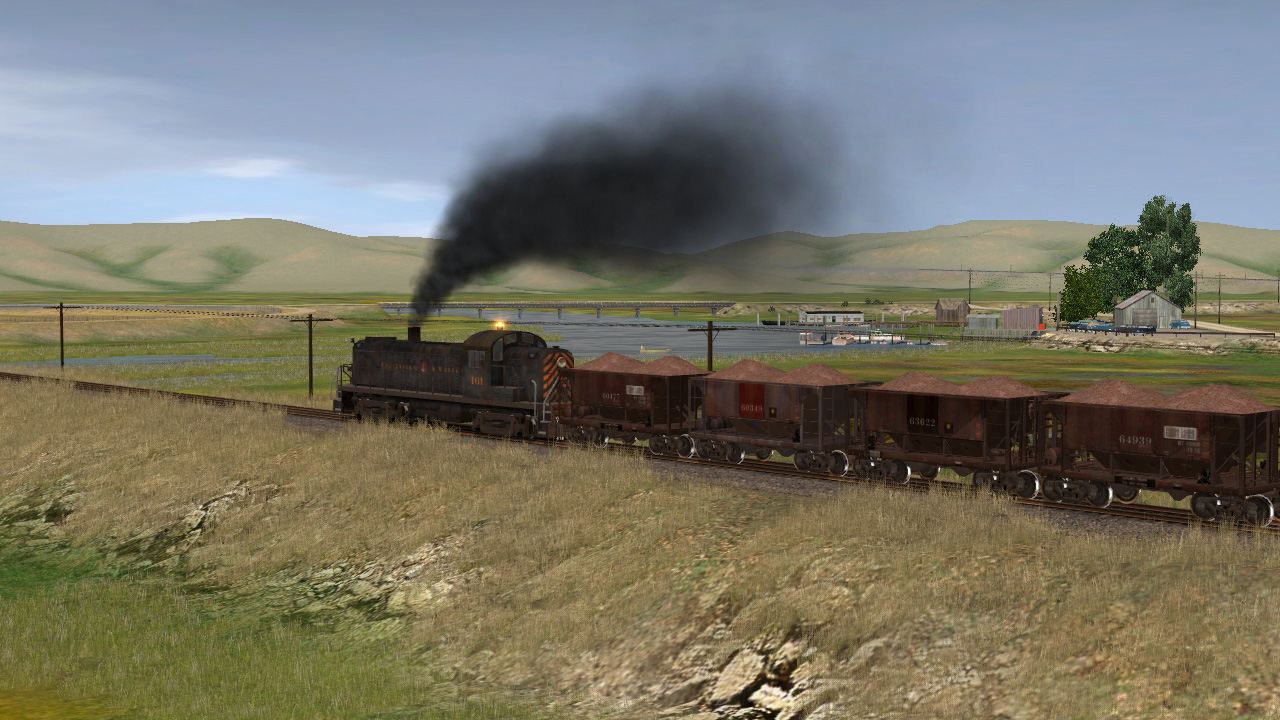Does anyone know where I could find effects for exhaust on a diesel locomotive that include:
1. Heat mirage on top of the locomotive from a hot diesel engine?
2. An effect that causes exhaust to come out at a higher velocity, and not 'bend' sharply at the exhaust pipe, but instead bend like 5-10 feet above the exhaust pipe.
Thanks,
Alex
1. Heat mirage on top of the locomotive from a hot diesel engine?
2. An effect that causes exhaust to come out at a higher velocity, and not 'bend' sharply at the exhaust pipe, but instead bend like 5-10 feet above the exhaust pipe.
Thanks,
Alex

